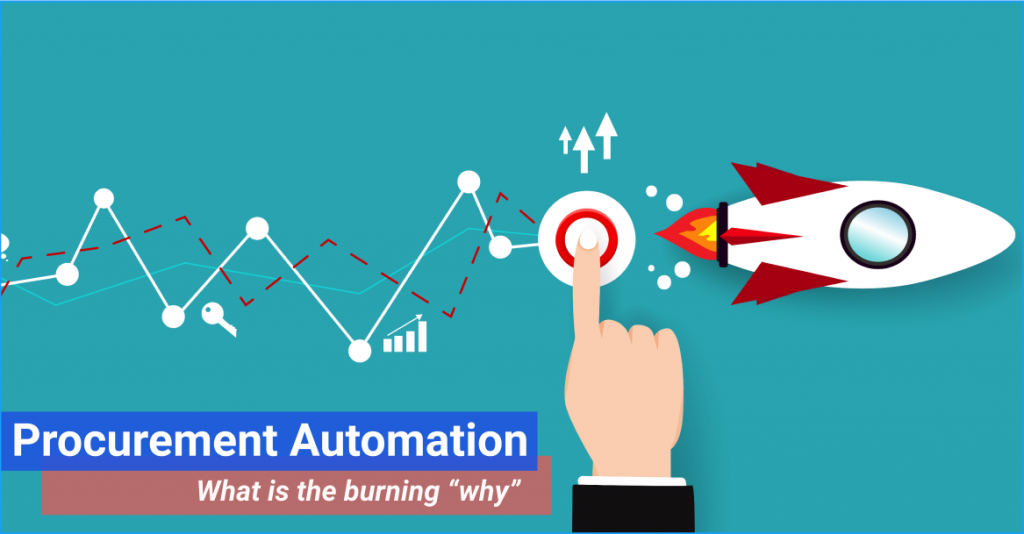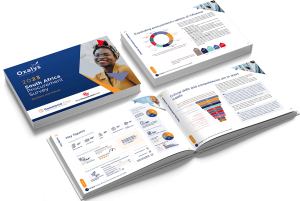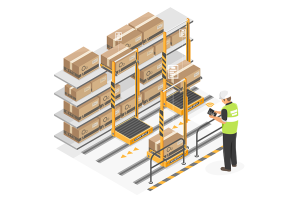By Dustin Lanier, a Certified Public Procurement Officer (CPPO) and Principal Consultant at public procurement consulting firm Civic Initiatives.
For any automation project in government to make it through the “hard middle” where enthusiasm wanes and the bug counts grow, there has to be a burning “why?”
So, what is the “why?” on procurement automation?
Hear more international insights from Dustin at the upcoming Smart Procurement World Indaba in September 2021
KEYNOTE SYMPOSIUM | Cross-sector procurement trends as revealed by COVID-19
Is it possible to implement strategic sourcing in the public sector? What is preventing effective strategies in this space?
Public procurement, by its very nature, can become overwhelmed with the tactics of the work. End users have budget they are allocated for their important mission, and they need this chair, or that fleet vehicle, or this case management system, RIGHT NOW. Vendors want to know what contracts they can join and when the next bid is RIGHT NOW.
Procurement without systems is a tyranny of the urgent.
This was true before Covid-19, and that truth has only distilled and intensified through a challenging 2020.
Without systems to build a pipe around this unmanaged flow, a few things will predictably happen.
First, there is no input control – requests can come in through email, or phone call, or manila folder, in a variety of completeness.
Second, there is very likely to be no metrics on workload management, because there is no input control. Why can Sally process 15 requisitions a day but Steve can only do 5? Were they the same? Who knows.
Finally, without systems, there is no status check process. When we have done automation readiness assessments, we have found as many as 60% of the phone calls into a reactive procurement organization are some form or flavor of “where’s my stuff.”
Without input control, metrics, or status checks, each day for buyers naturally becomes a race to “clear the desk”. Success becomes transaction processing – move the paper, keep the flow going, eliminate the morning calls from end users for status.
This is a recipe for a procurement organization to be overwhelmed with managing purchasing – the act of fulfilling requisitions.
But what of the strategic activities that surround the purchasing function? What if the best thing to do was not to “clear the desk,” but perhaps to assess if the request is signalling the need for a new master contract, or a new shared service?
Automating procurement, therefore, has two interconnected charges which can then be used to assess options and sequences:
Tactical procurement automation that ensures that the constant flow of requisitions can be designed, gated, and optimized so that the organization is not overwhelmed with this work element.
Transformational procurement automation that puts in place the information layer and the automation of the contract portfolio in a way that elevates the strategic capacity of the procurement organization.
There are a wide variety of choices in the market to address elements of these two layers – in fact so many that we often are asked to help because the client has gotten to “selection fatigue.” Solutions sound similar, but do markedly different things under the covers. Should we improve our ERP? Should we buy a tool? Options are plentiful, choosing is hard, malaise sets in, and business transformation projects quickly become simply technology projects.
In my fast talk on Friday I will provide additional content on the specific sublayers in the tactical and transformation layers, and how to be able to be precise on vocabulary so that you can have discussions within your organization on priorities – and also with the vendor community so there is clarity in reviewing proposals. I will also expand this topic next week.
Ultimately establishing priorities on what to automate, in what sequence, comes back to why.
The “why” is to elevate procurement out of only managing purchasing – to make the procurement organization a strategic partner for lines of business, a modern business partner for the supplier community, and a protector of public confidence in the processes they oversee.
The “how” is to embed our best practices into our systems, maximize the value of our people, and maximize the capacity of center-led procurement for service.
Hear more international insights from Dustin at the upcoming Smart Procurement World Indaba in September 2021
KEYNOTE SYMPOSIUM | Cross-sector procurement trends as revealed by COVID-19
Is it possible to implement strategic sourcing in the public sector? What is preventing effective strategies in this space?



























